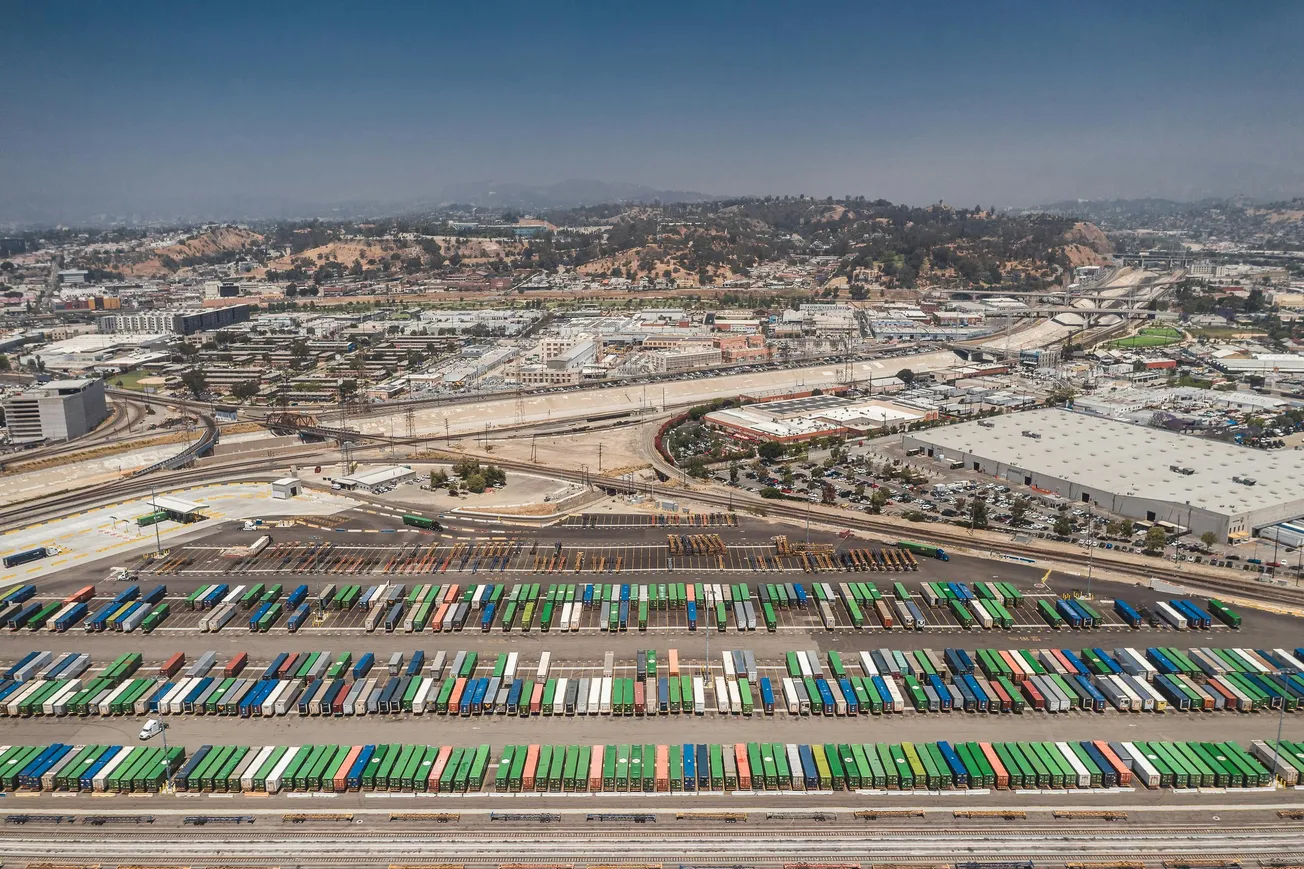In a high‑volume fulfillment environment, the backbone of speed and accuracy lies in automating the SLAM process — Scan, Label, Apply, Manifest. As outlined in a recent guide from StreamTech, warehouses that neglect SLAM automation are leaving productivity and profit on the table.
Scan & capture data up front
Automation begins at the first touch‑point: the scan stage. Using in‑motion scales, high‑speed barcode scanners and machine vision, teams capture critical parameters — weight, dimensions, serial numbers — before labeling begins.
The early identification of errors (e.g., missing data or weight mismatches) prevents mis‑routes and compliance failures downstream.
Print & apply labels at scale
Labeling is not just “stick a label and send it.”
A true print & apply system is specified for hourly throughput, supports redundant labelers, and handles complex formats like compliance and piggyback labels for returns.
Tightly integrating with warehouse management and carrier manifesting systems ensures scale and precision.
Manifesting and intelligent sortation
After labeling comes manifesting — verifying and transmitting shipping data like weight and volume to carriers in real time. SLAM software ties into warehouse control systems (WCS), WMS and transportation management (TMS) to automate carrier selection, billing, and departure timing.
Advanced sorting logic then routes packages by service level, pick‑zone, returns and packaging type.
Why this matters
In a landscape where every second counts and parcel volumes continue to rise, operators must shift from manual to automated SLAM workflows.
Without it, fulfillment becomes a bottleneck. With it, businesses unlock throughput, reduce errors and scale for tomorrow.
The firms that automate SLAM today are positioning themselves for success in the e‑commerce driven future.






